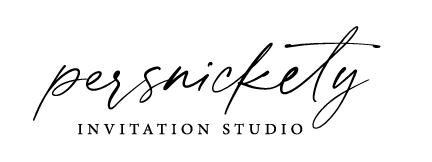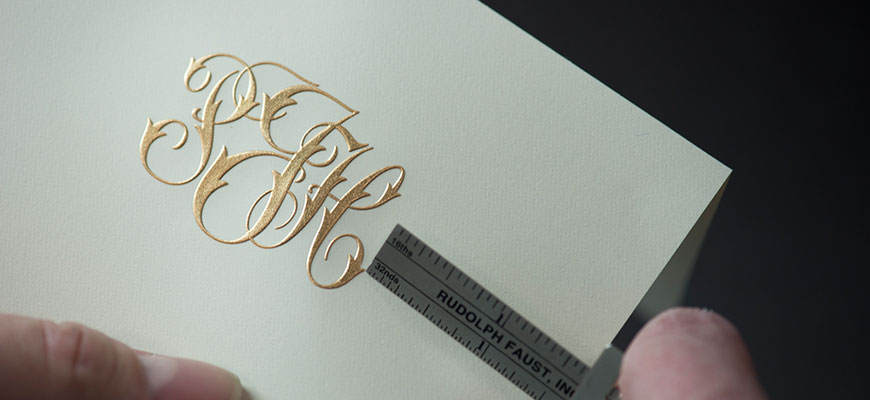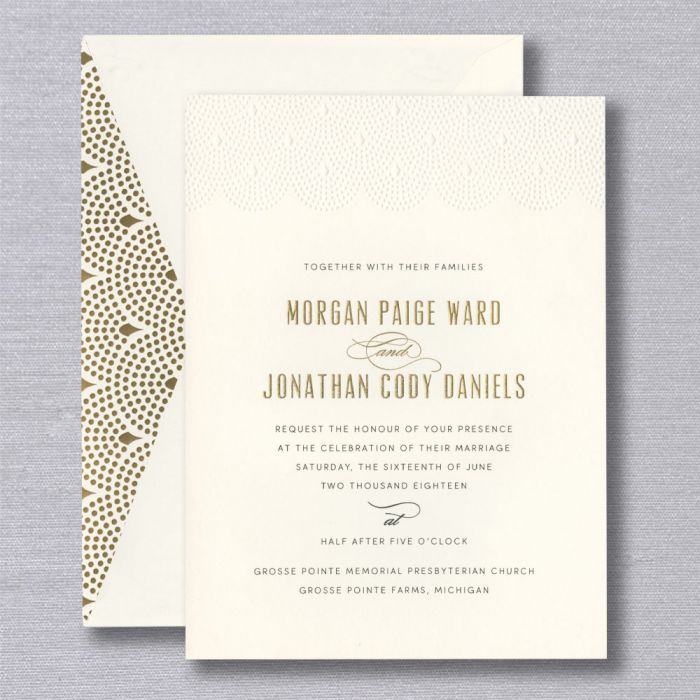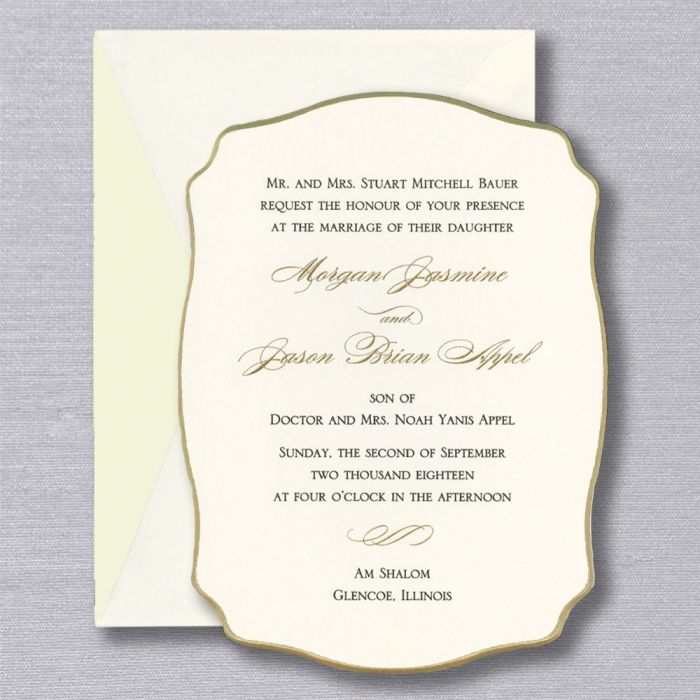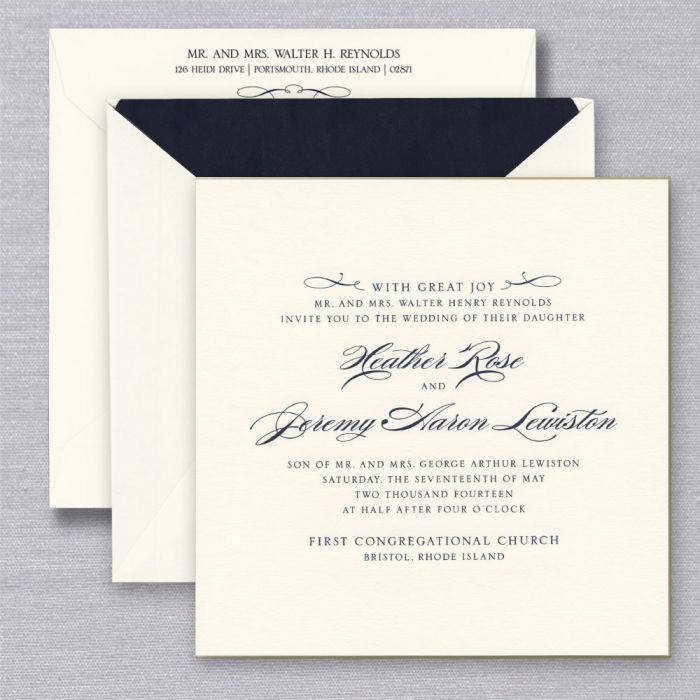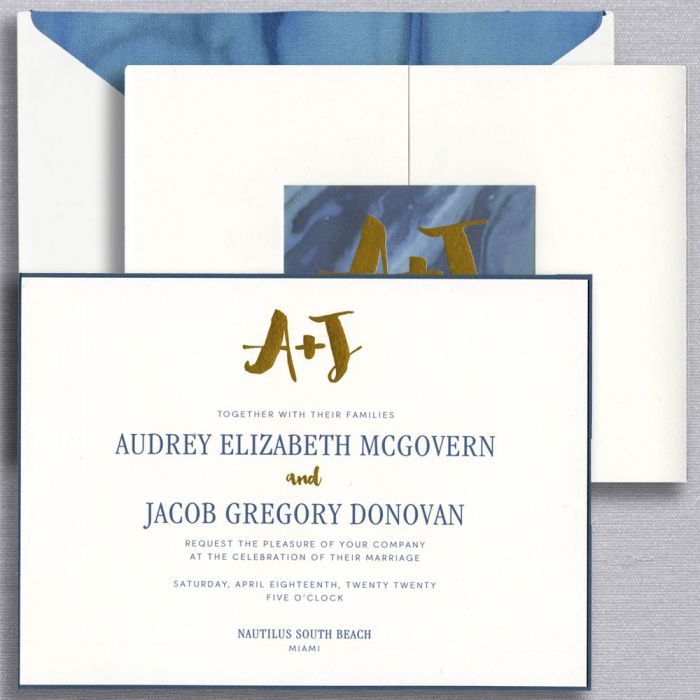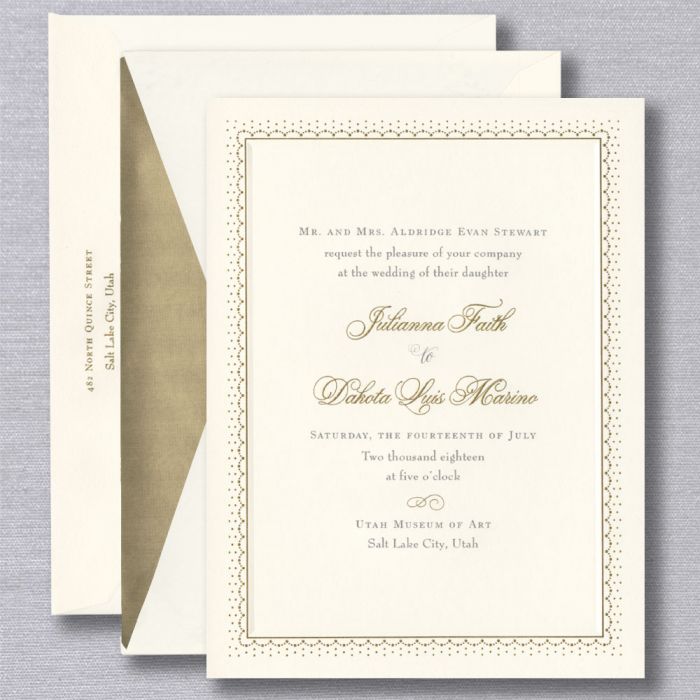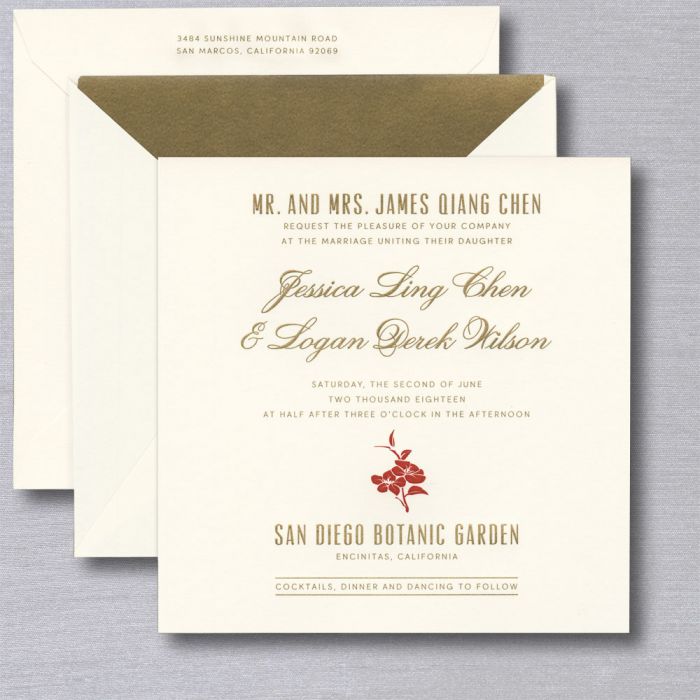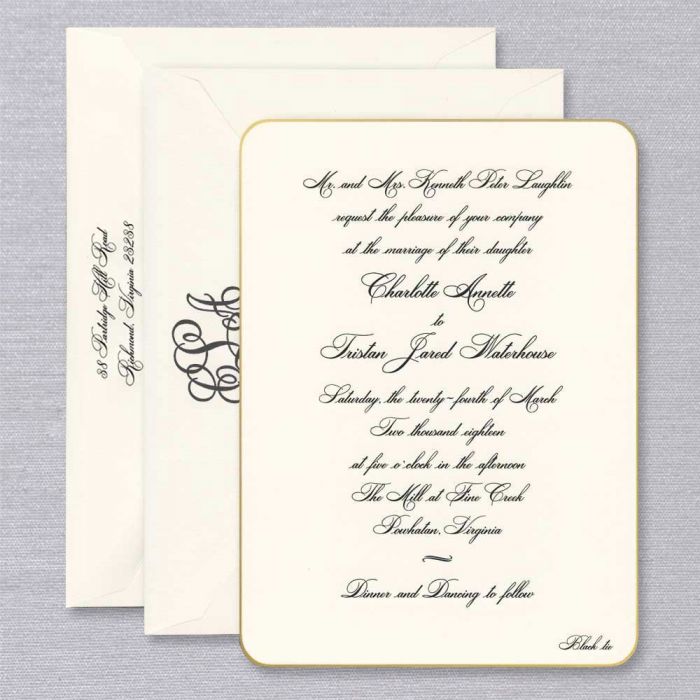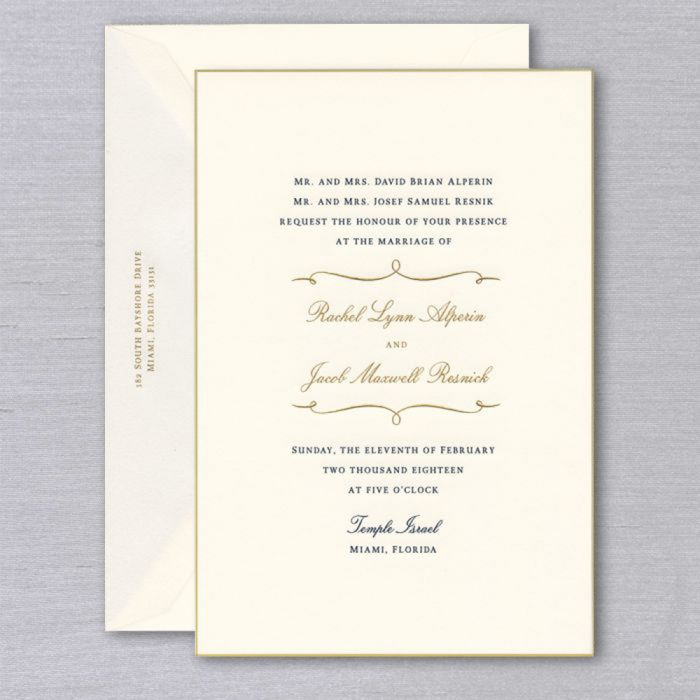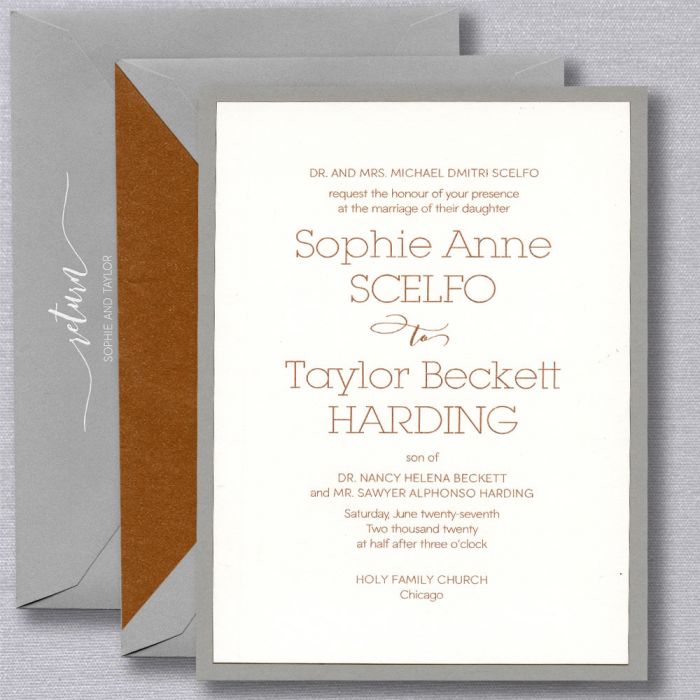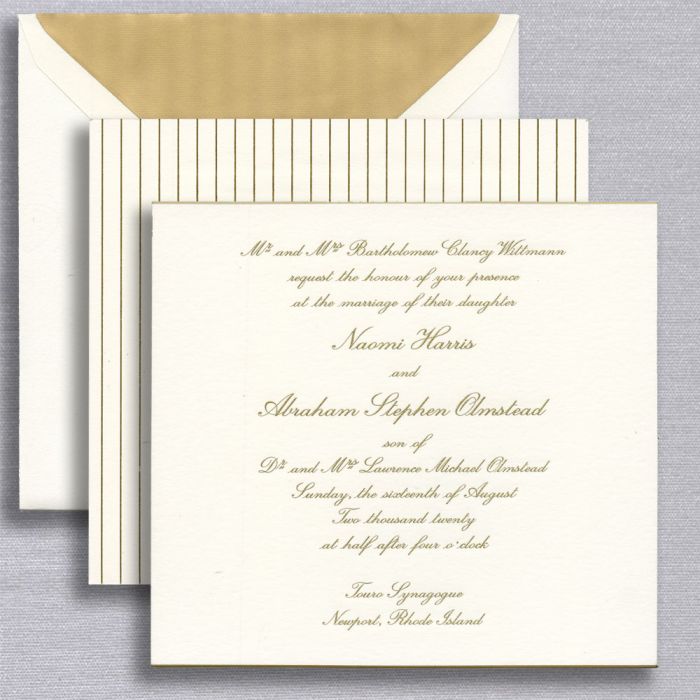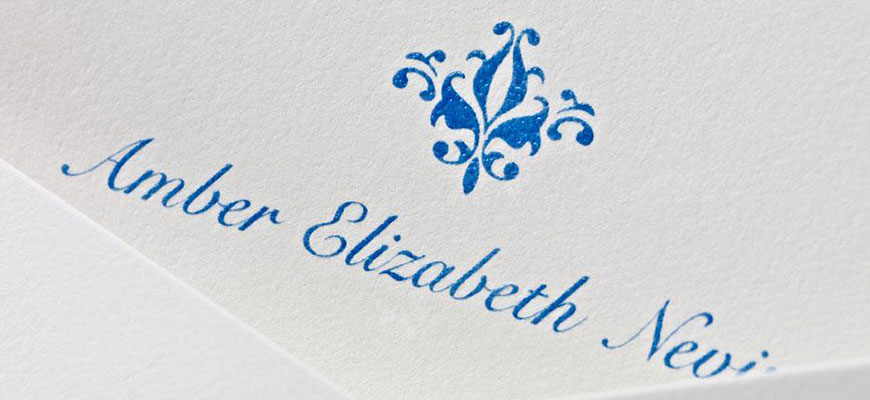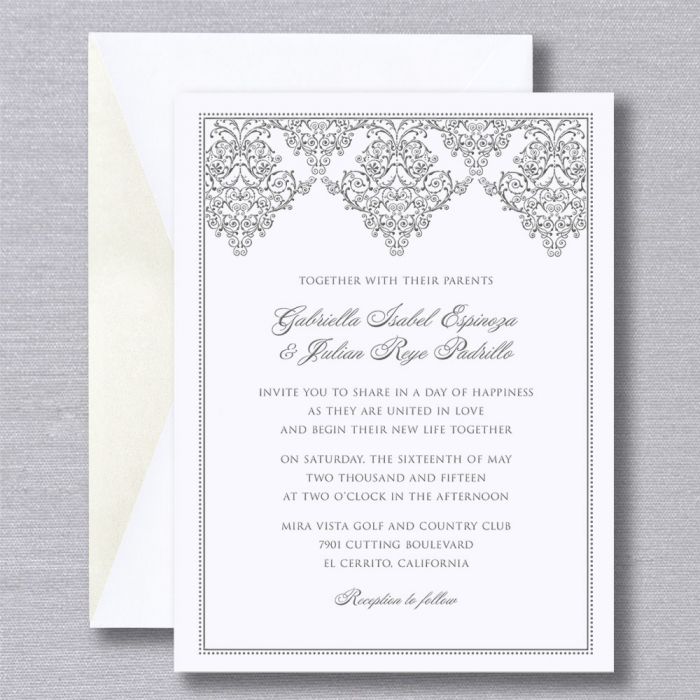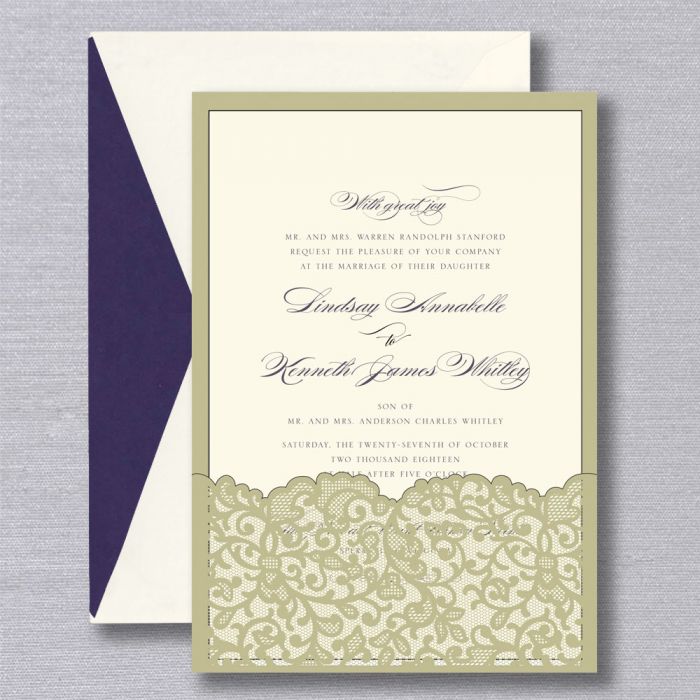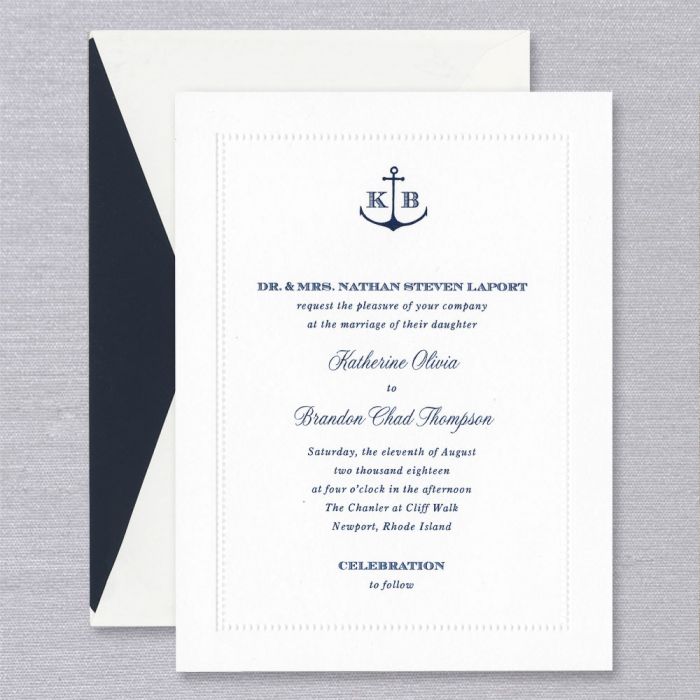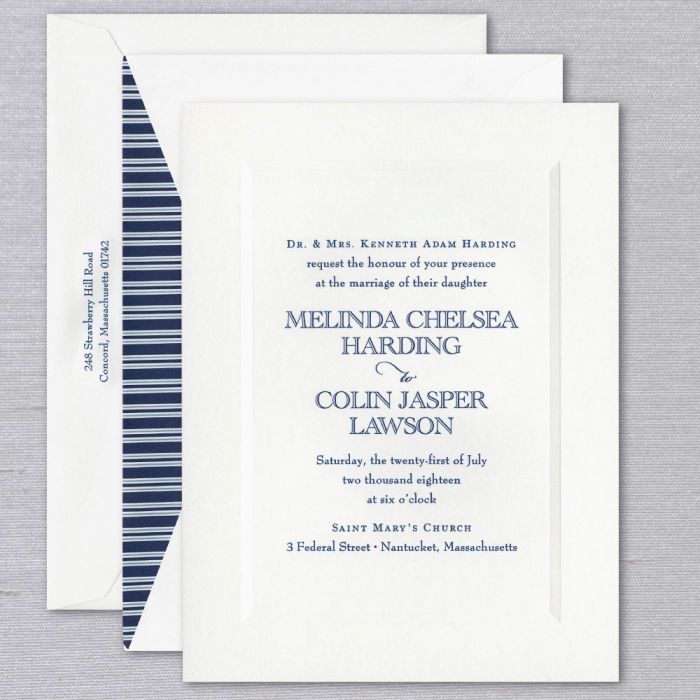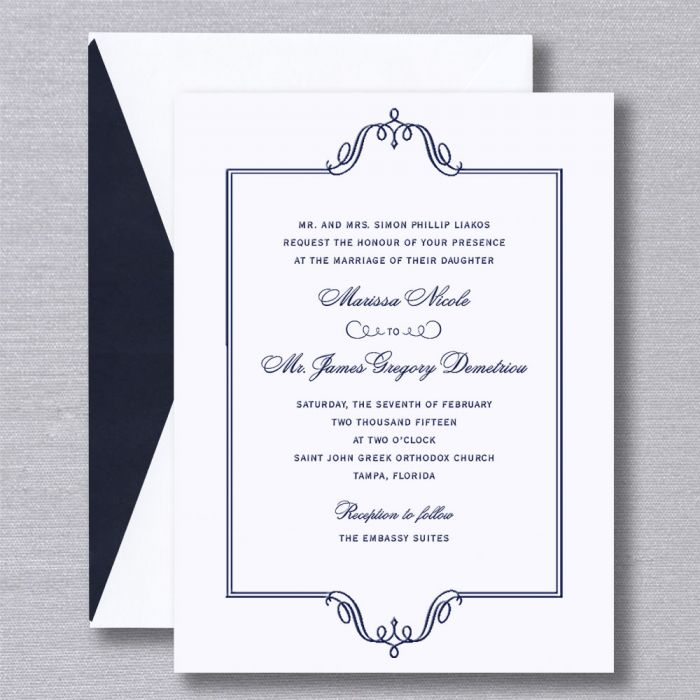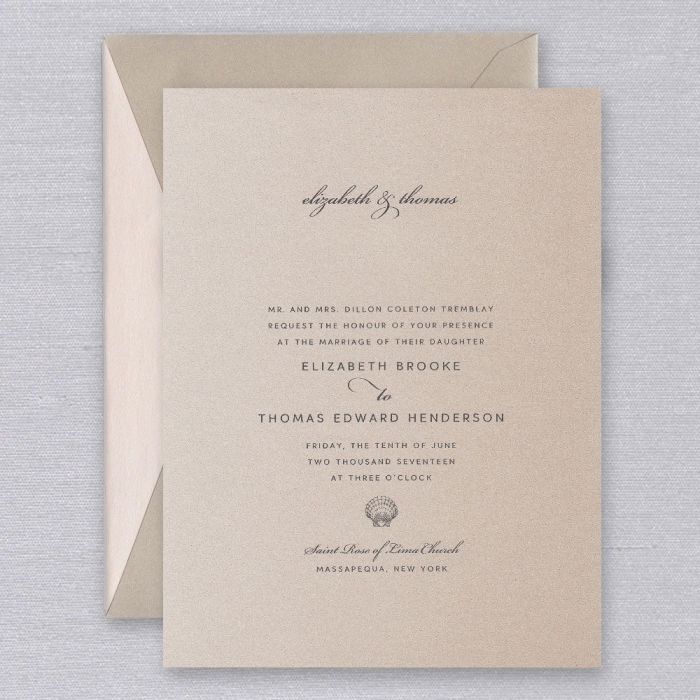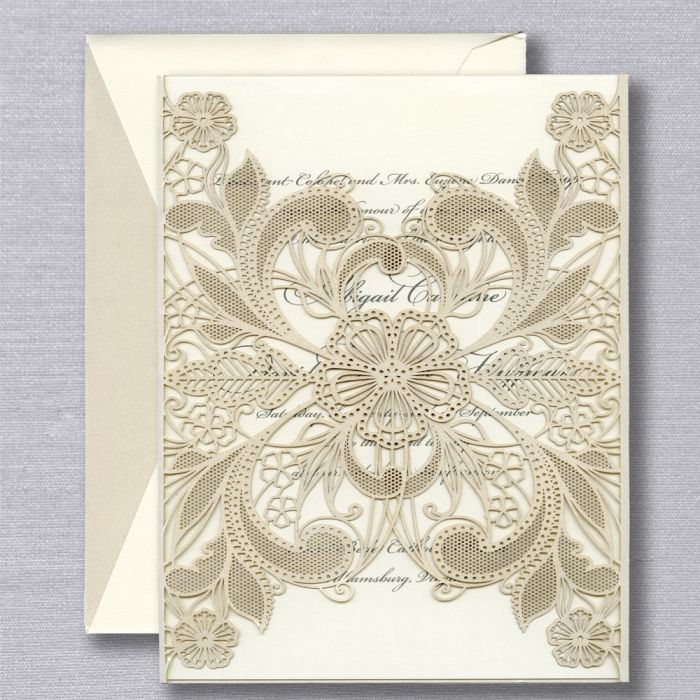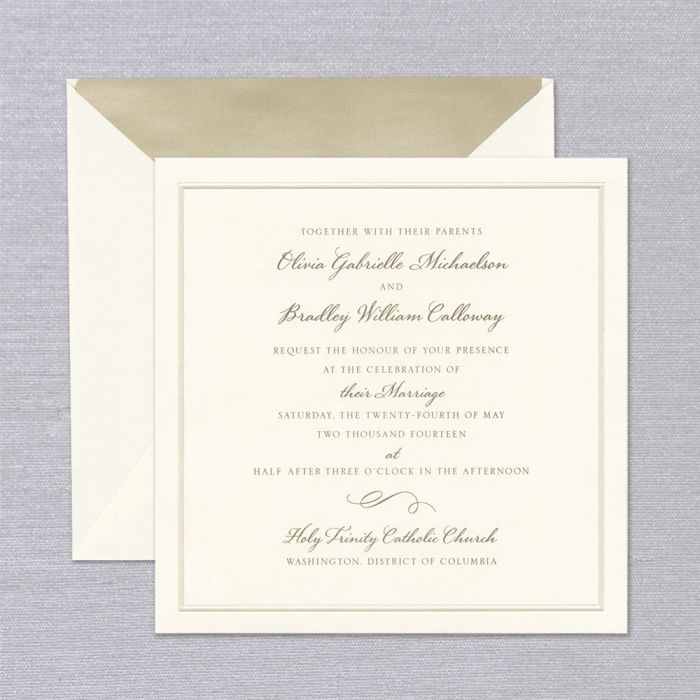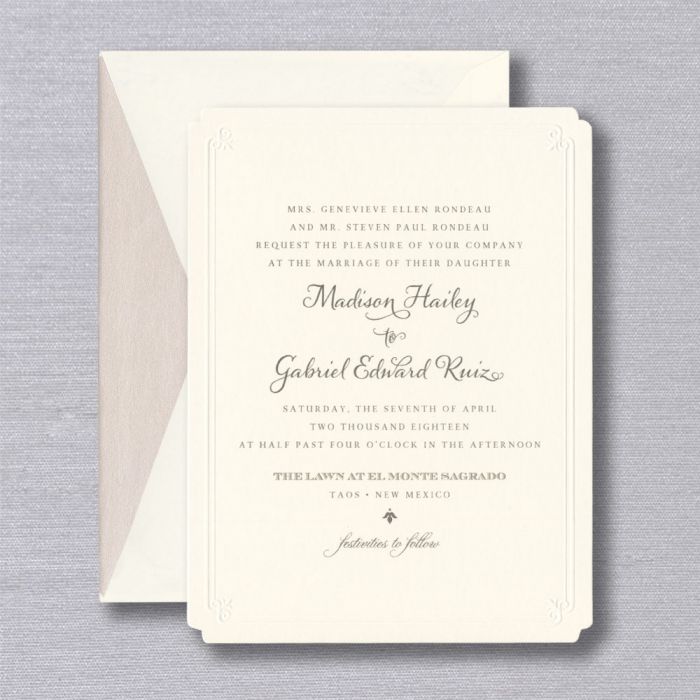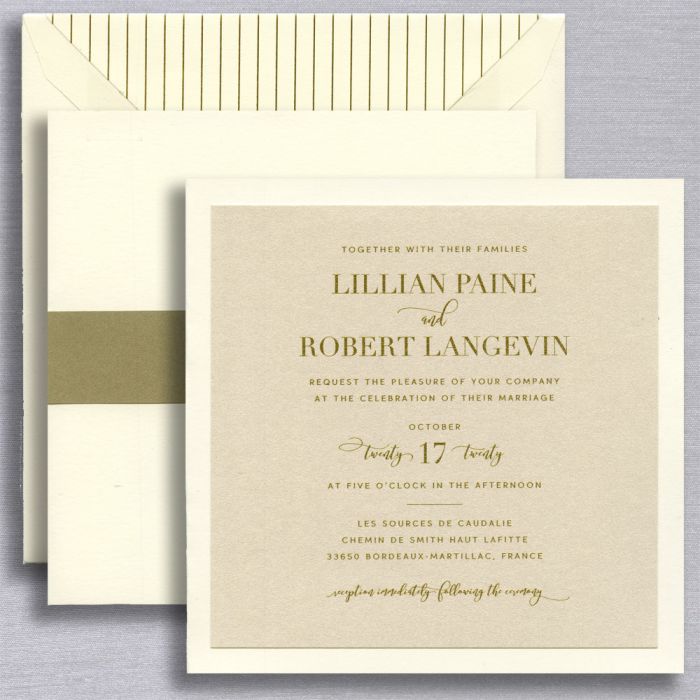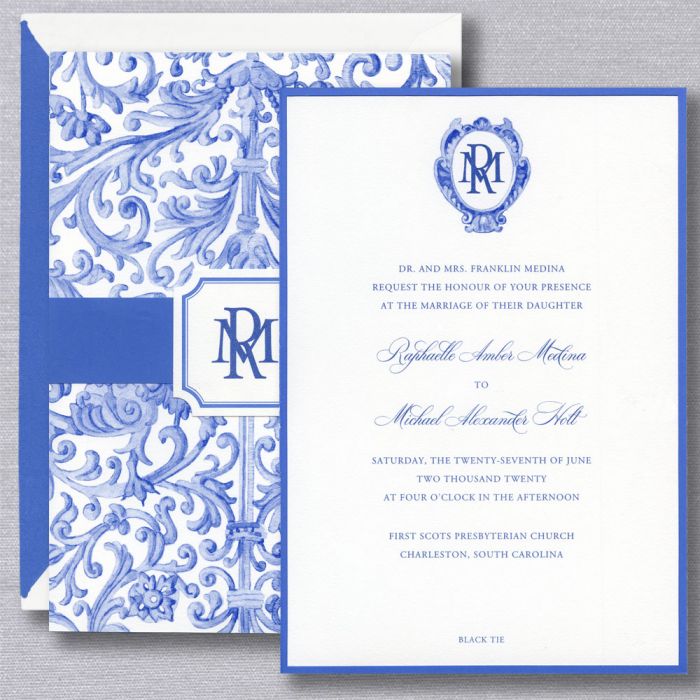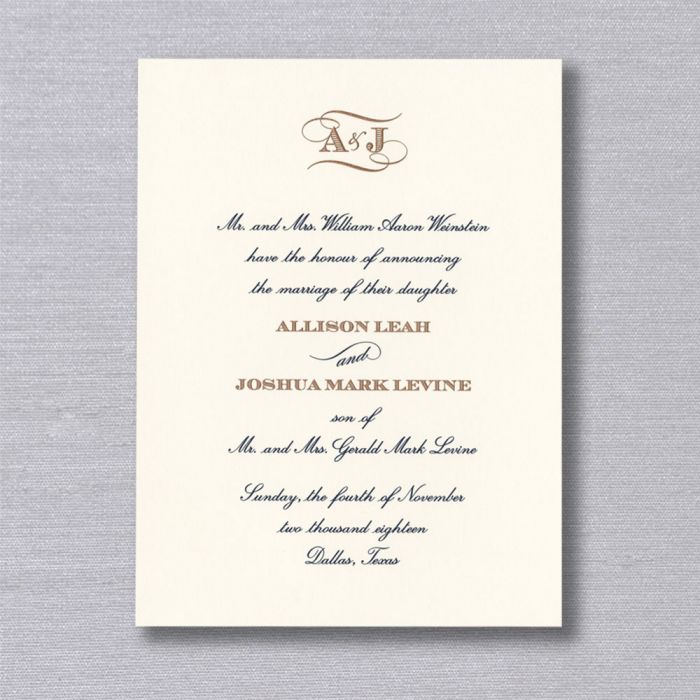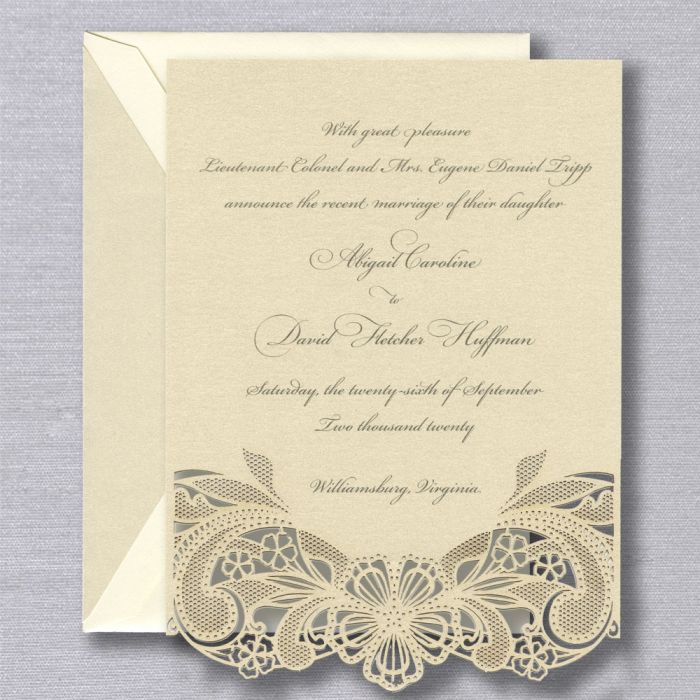One of the benefits to visiting Persnickety that you can’t find online is a knowledgeable specialist helping you through every step of the stationery process. This includes helping you determine if engraving, thermography, or digital printing is best for you.
When you visit our studio, an invitation specialist will help you narrow down the thousands of invitations options and be there to answer any of your etiquette, paper, or printing questions.
One commonly asked question our couples ask is, “Which printing process should we choose for our invitations?” There are several different printing techniques to choose from, so we wanted to focus on each of the techniques, beginning in this post with engraving and thermography.
What is Engraving?
Engraving is the older of the two techniques, and it gives the printed piece an air of deep formality, making it perfect for a traditional wedding. Engraving consists of the following stages according to Crane & Co.:
1. After the bride selects the wording for her invitation, a separate metal plate is created using her typefaces and any artwork. This information is then reproduced as an image in reverse on a film negative (think of how a rubber stamp is backwards on the bottom!).
2. The film negative is then placed on a chemically treated copper plate.
3. The copper plate (also known as a die) is dipped in acid and the exposed surface is either chemically or hand etched.
4. The die is then ready for stamping, the process of transferring ink to paper from the engraved die.
5. The ink is applied to the die on the press, and under extreme pressure, the invitation is created. This pressure creates the distinct indentation on the back of the invitation – known as “bruising” – a classic indicator of the engraving.
The copper plate is usually included with the couple’s invitation order, so if they need more invitations created, they mail the plate back to the printing company.
Keep in mind that engraved invitations are more expensive due to the individual creation of the metal plate. But the plate makes a wonderful keepsake that can be passed onto generations. Engraved invitations are also some of the most beautiful invitations guests will ever see (and feel!).
Take a look at just a few of the gorgeous engraved invitations we have in our studio.
Thermography
Thermography is a newer technique and is more adaptable than engraving due to engraving’s limited fonts on the metal plate. No plate is necessary for a thermography run, making this technique the less costly of the two. In order to create a piece with thermography:
1. A paper plate with an aluminium backing is created for the invitation. The plate is mounted on a press-cylinder and comes in contact with wetting rollers, then ink rollers.
2. The image is flat printed on the paper as it passes between the cylinders. While the ink is wet, it is dusted with resinous powder. Some of the powder adheres to the ink. Then the extra powder is removed and the invitation passes through a heated tunnel.
3. The heat melts the powder, and the ink is fused to the paper. The paper remains flat, but the melted powder creates the raised ink effect.
Thermography does not have the same classic indentation as engraving. But the end result can look and feel so similar that no one will be able to tell! Here is just a sampling of some of the invitations we have here at Persnickety printed using thermography.
These are just a few samples of invitations printing through engraving or thermography we have in-house. Schedule your appointment with invitation specialist here. We would be happy to help you find the perfect invitation for your wedding.

